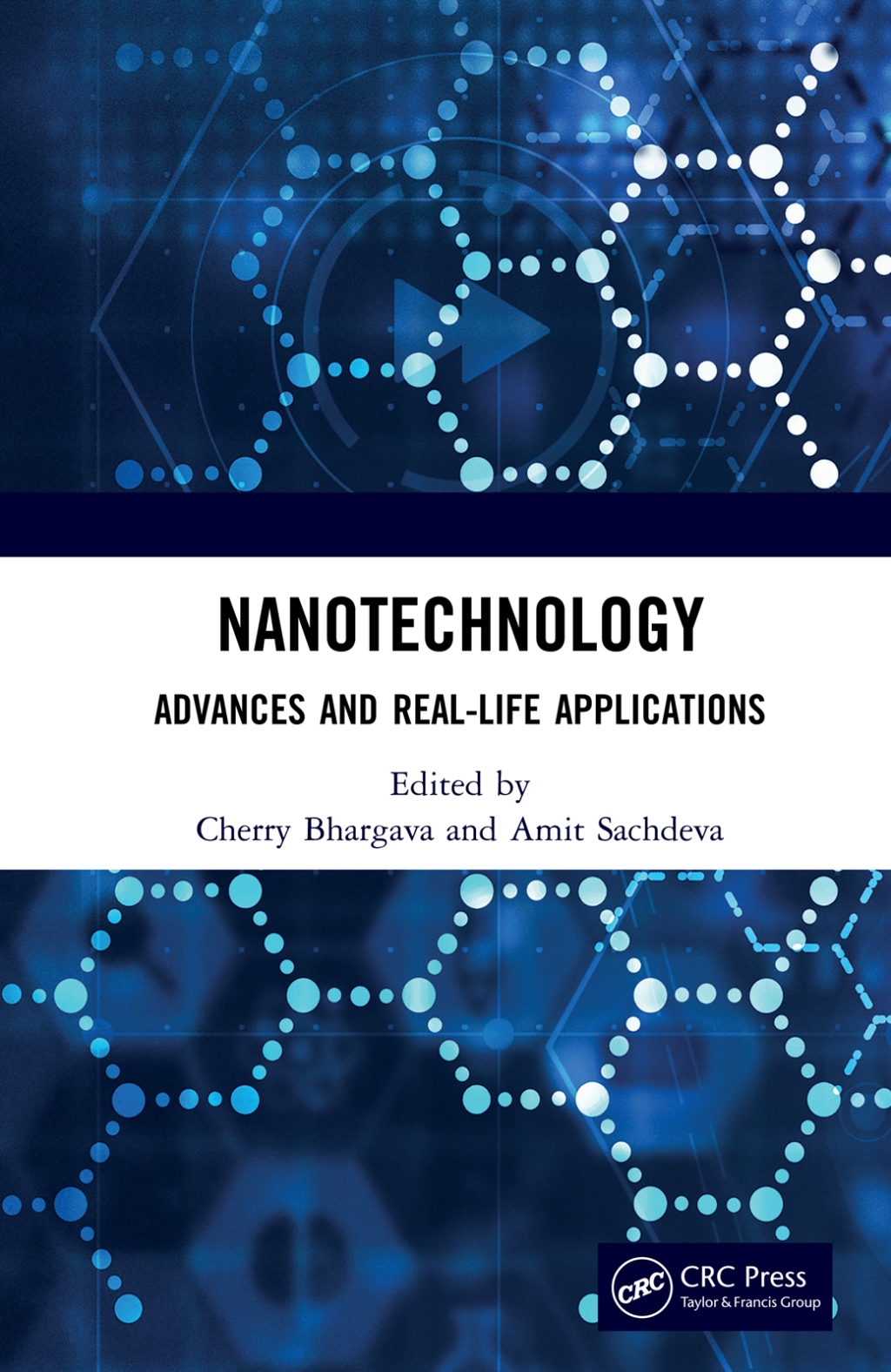Panel Discussion: Exploring the Potential of Nanotechnology in Alternative Schooling and Education
Moderator: Welcome, everyone, to this panel discussion on the potential applications of nanotechnology in alternative schooling and education. Today, we have gathered experts from various fields to shed light on how nanotechnology can revolutionize learning experiences. Let’s introduce our panelists:
1. Dr. Sarah Thompson – Nanotechnologist
2. Prof. David Reynolds – Educational Psychologist
3. Ms. Lisa Patel – Science Educator
4. Mr. John Davis – Technology Integration Specialist
Moderator: To kick off our discussion, let’s begin with a brief introduction to nanotechnology for those who may not be familiar with it.
Dr. Thompson: Nanotechnology is a multidisciplinary field that involves manipulating matter at the molecular or atomic level to create new materials and devices with unique properties and functions.
Prof. Reynolds: In terms of education, nanotechnology holds immense promise as it offers opportunities for hands-on learning experiences while integrating science, technology, engineering, arts, and mathematics (STEAM) subjects.
Moderator: That sounds fascinating! Can you provide some examples of how nanotechnology can be integrated into alternative schooling approaches?
Ms. Patel: One example is the use of nano-scale demonstrations in classrooms using tools such as scanning electron microscopes (SEMs). Students can observe real-world applications like self-cleaning surfaces or antibacterial coatings at an extremely small scale.
Mr. Davis: Additionally, nanoscale fabrication techniques like 3D printing enable students to design and create their own microscale structures or devices with specific functionalities relevant to their projects or experiments.
Dr. Thompson: Furthermore, virtual reality (VR) simulations allow students to explore nanoparticles’ behavior by immersing themselves in a virtual world where they can manipulate atoms and molecules.
Moderator: It seems like there are many engaging possibilities when it comes to implementing nanotechnology in alternative education. Prof. Reynolds, from an educational psychology perspective, how can nanotechnology enhance learning experiences?
Prof. Reynolds: Nanotechnology encourages active learning and problem-solving skills as students engage in hands-on activities that require critical thinking and creativity. By working with materials at the nano-level, learners are exposed to novel scientific concepts and develop a deep understanding of fundamental principles.
Ms. Patel: I completely agree! Nanotechnology also promotes interdisciplinary collaboration among students by integrating various subjects into a cohesive context. It allows them to see the connections between fields like biology, chemistry, physics, and engineering.
Mr. Davis: Moreover, by incorporating nanotechnology into curricula, educators can foster curiosity and excitement within their classrooms, sparking interest in STEM fields while preparing students for future careers in emerging industries.
Moderator: That’s excellent! Now let’s discuss any potential challenges or concerns associated with implementing nanotechnology in alternative schooling approaches.
Dr. Thompson: One challenge is access to expensive equipment required for nanoscale observations or experiments. Schools may need financial support to acquire instruments like electron microscopes or 3D printers.
Prof. Reynolds: Additionally, there might be safety considerations when dealing with certain nanoparticles or fabrication processes that could expose students to potentially harmful substances if proper precautions aren’t taken.
Ms. Patel: Another concern is the need for specialized training for teachers who may not have prior experience with nanotechnology applications but are expected to guide students effectively through these lessons.
Mr. Davis: Lastly, it’s crucial to address ethical implications related to nanotechnology applications so that students understand its broader impact on society beyond just scientific advancements.
Moderator: Thank you all for highlighting those important points! As we wrap up this discussion today, please share your final thoughts on the future of integrating nanotechnology into alternative schooling environments.
Dr. Thompson: Nanotechnology has immense potential to inspire young minds towards scientific exploration and innovation while fostering interdisciplinary learning experiences crucial for solving complex real-world problems.
Prof. Reynolds: Integrating nanotechnology into alternative education approaches is not just about teaching scientific concepts but also about nurturing a sense of wonder, curiosity, and creativity among students that will benefit them throughout their lives.
Ms. Patel: Nanotechnology can empower students to become active contributors to the ever-evolving world by equipping them with skills needed in future industries. It provides an opportunity to bridge the gap between theoretical knowledge and practical application.
Mr. Davis: The integration of nanotechnology in alternative schooling has the power to transform traditional classrooms into innovative learning environments where students can engage with cutting-edge technology, develop critical thinking skills, and shape their own educational journeys.
Moderator: Thank you all for your valuable insights! It’s clear that nanotechnology holds tremendous potential for revolutionizing alternative schooling and education practices. By integrating this field into curricula, we can inspire the next generation of scientists, engineers, and leaders while fostering a love for lifelong learning.
